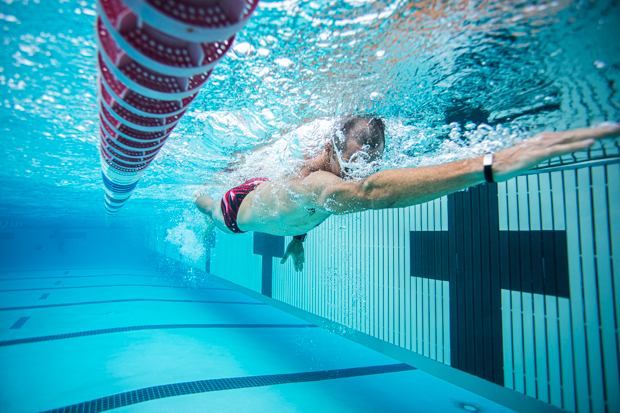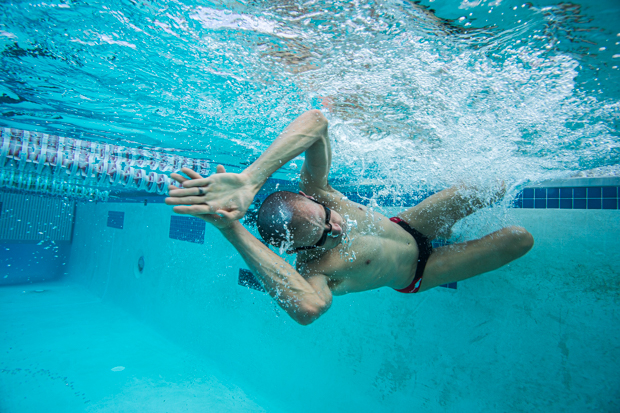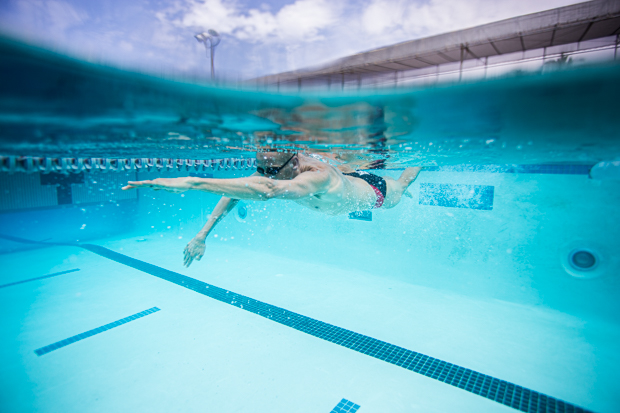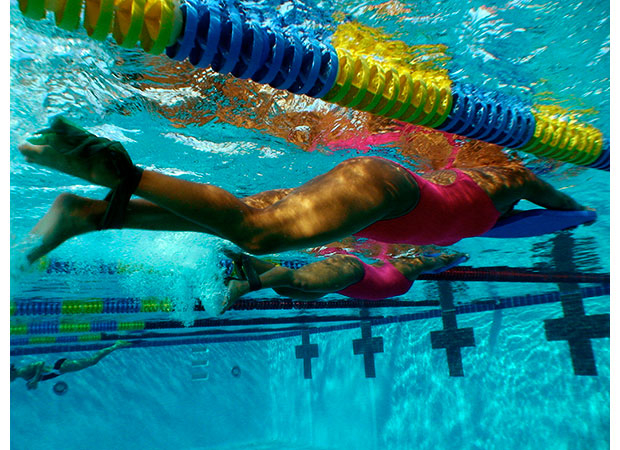Debunked Swim Mythology

First a little housekeeping. Some of you have had a hard time seeing the workout tabs past a particular point in the Google Sheet containing these workouts. I have therefore split the display into discrete sheets for each week. Please advise if this does not fix the problem; otherwise I’ll assume it will. At the bottom of this page you’ll find links to each week’s workouts.
Let’s debunk some old thinking about swimming that you might’ve heard if you’re within spitting distance of my generation. Take for existence the S pattern. This is what I was taught when I was in swim classes in my youth. Of course this goes way back, to when Earl Scheib would “paint any car, any color, for $29.95.” I don’t know how long they continued to teach the S pattern but the idea was this: Once you moved still water, move your hand to another place so that you could begin pulling water that isn’t already moving.
Nobody believes that anymore. In fact, you couldn’t keep your hand in the same position in the water if you tried. Nevertheless, you should try. Pulling in any direction other than straight back is a bad habit.
Besides, I have a conceptual problem with the idea of pulling water, or with the concept of water that’s moving. You aren’t actually pulling water back, ideally. In my view, the most efficient stroke is one in which you’re anchoring your arm in the water and pulling yourself past the water, without your arm slipping. Grab and pull. Grip and rip it. No more S pattern.

This next one is a little controversial, and I don’t mean to tell swim coaches how to coach swimmers, but for you all, hypoxic workouts are a waste of time at best, and a detriment at worst. We get these in Masters team workouts, if we swim with such a group. The coach will tell you to breathe every 5th or 7th stroke and that might have some utility if your sport includes a lot of time underwater after a flip turn. But that’s not you. Oxygen is your friend. In fact, I don’t find a lot of benefit in bilateral breathing. That’s just a less hypoxic hypoxic drill. I do find it a huge value to become adept at breathing on your non-natural side. In fact, when I give you sets of 50s for warmup or warmdown I think it would be instructive to swim every other 50 breathing on your other side and let’s see if you can get the times for each 50 the same.
Minor point, but I was taught never to take a breath directly out of a flip turn. Turn, push off the wall, take a stroke without breathing, then take a breath on the second stroke. To me that's just a continuation of that same fixation on oxygen deprivation that old swim coaches have.
What is of real benefit to you is learning how to take consecutive breaths and that means 3:2 breathing (2 breaths per 3 strokes), generally leading to just taking a breath whenever you want. The older you get the more you’ll need to breathe. Taking consecutive breaths into or out of a flip turn will become second nature. This will serve you well in the open water when you need to sight to the other side; when swells from one side cause you to be more efficient breathing on the lee side; when someone swimming closely on your natural side means you’ll want to breathe on the other side; or because you’ll lose a breath through misadventure and you’ll need to get another breath quickly.
So, for sure, become adept at breathing on either side, but not through the forced application of bilateral breathing, which simply limits your oxygen intake.
Your yardage is going up, you may have noticed. Now it’s typically in the 2,500 or 2,600 yard range. If you haven’t already, invest in a pull buoy. And maybe some paddles. You’ll have begun to generate muscles that allow you to keep your elbow high during the pull phase; to bend at the elbow and use your entire arm as a pulling surface. But, again, don’t think if it as pushing water back; think if it as pulling yourself past water that isn’t moving at all.
Your extra credit set is pretty simple, if you intend to do a 4th swim this week. It’s 6 x 400yd, the first as a warmup, each one progressively harder. Just make sure each 400 is faster than the one before, even it’s just by a second or two. Give yourself at least 30sec rest, but start on the top each time. That means if you finish in, say, 6:25 you’ll leave on the 7min. If you finish in 6:45 then you leave on the 8min.
The Guppy Challenge Series, in partnership with FORM goggles, thus far:
Text for Guppy Challenge Week 1; Workouts for Week 1
Text for Guppy Challenge Week 2; Workouts for Week 2
Text for Guppy Challenge Week 3; Workouts for Week 3
Text for Guppy Challenge Week 4; Workouts for Week 4
Text for Guppy Challenge Week 5; Workouts for Week 5
Text for Guppy Challenge Week 6; Workouts for Week 6
Text for Guppy Challenge Week 7; Workouts for Week 7




